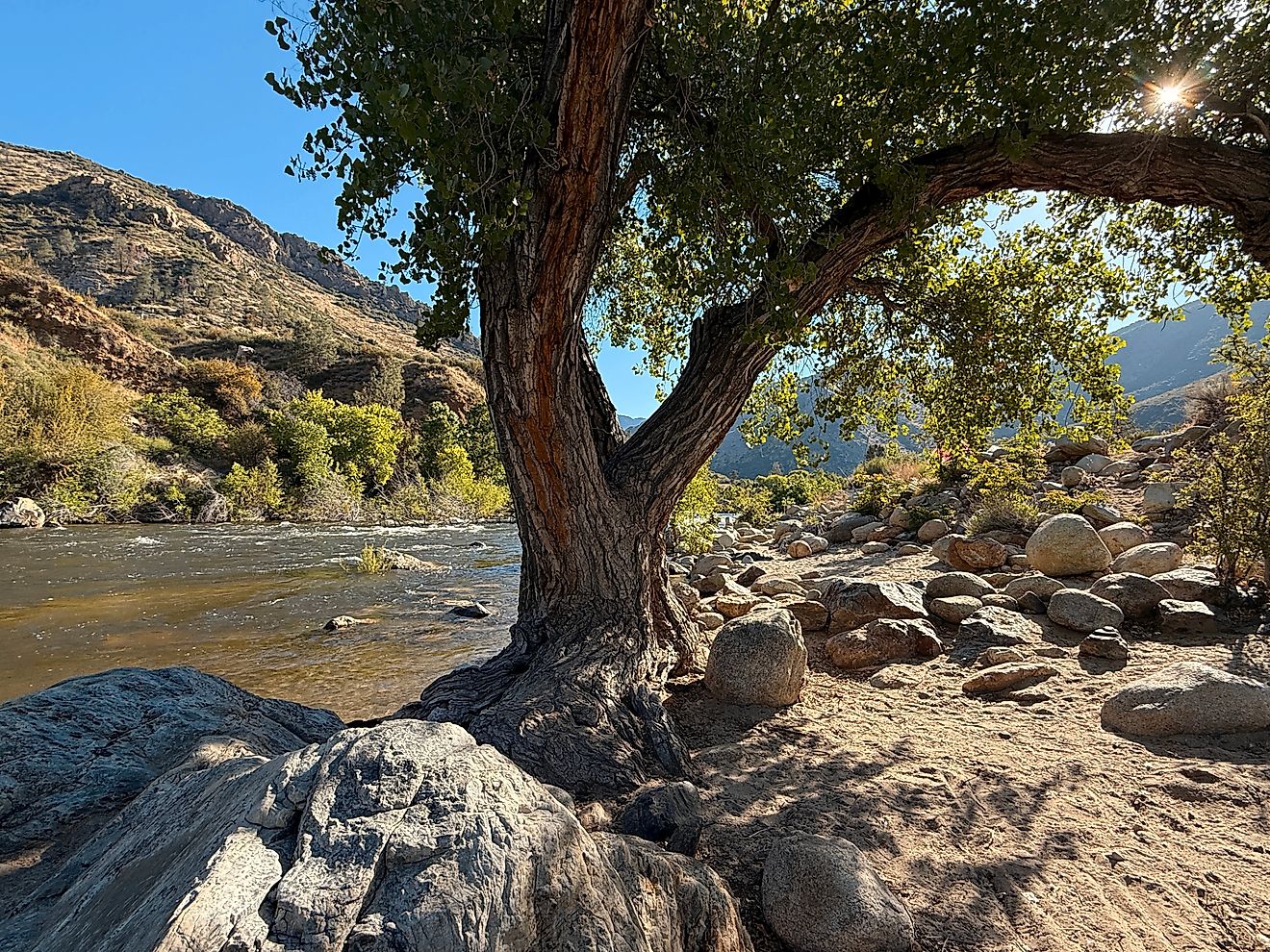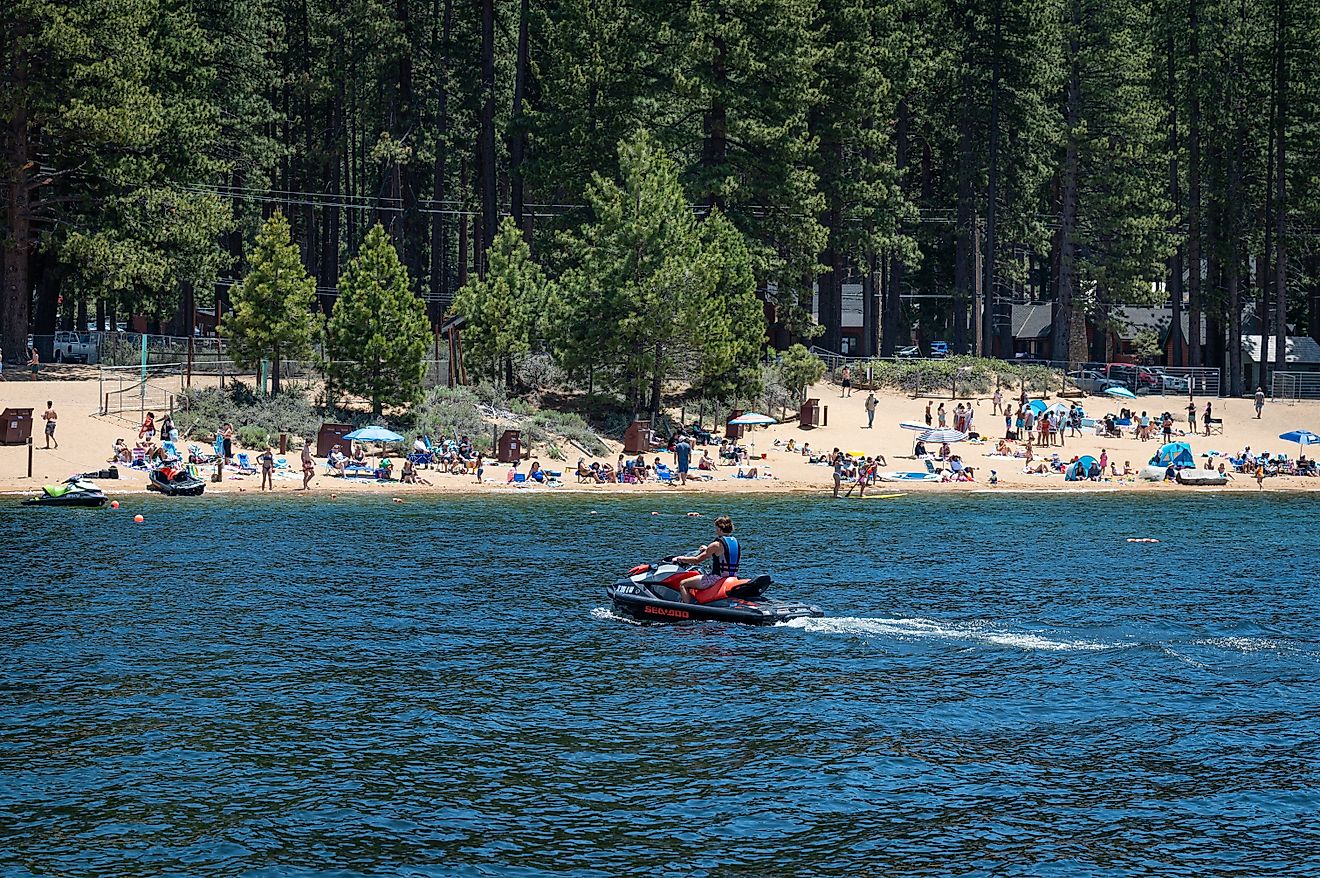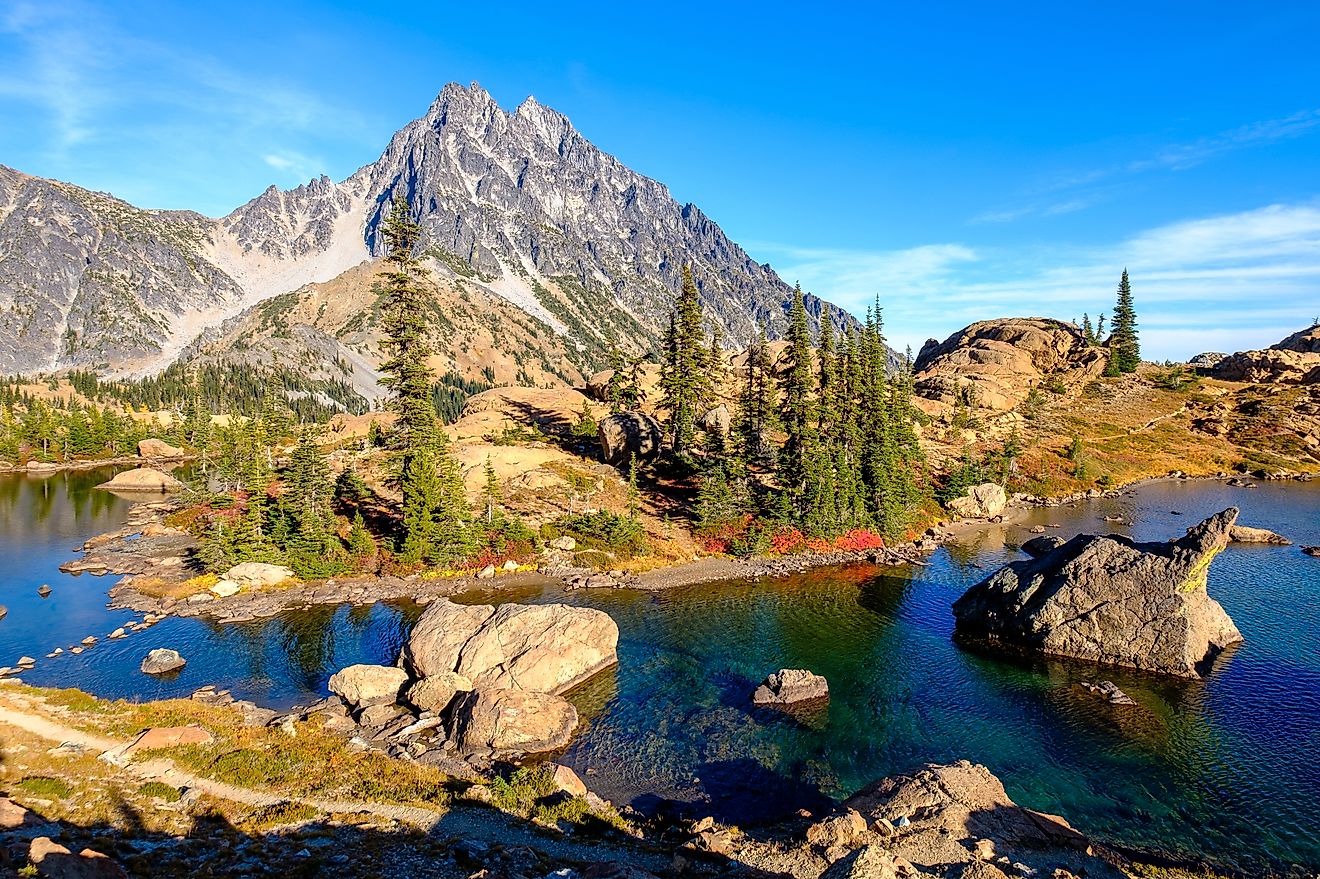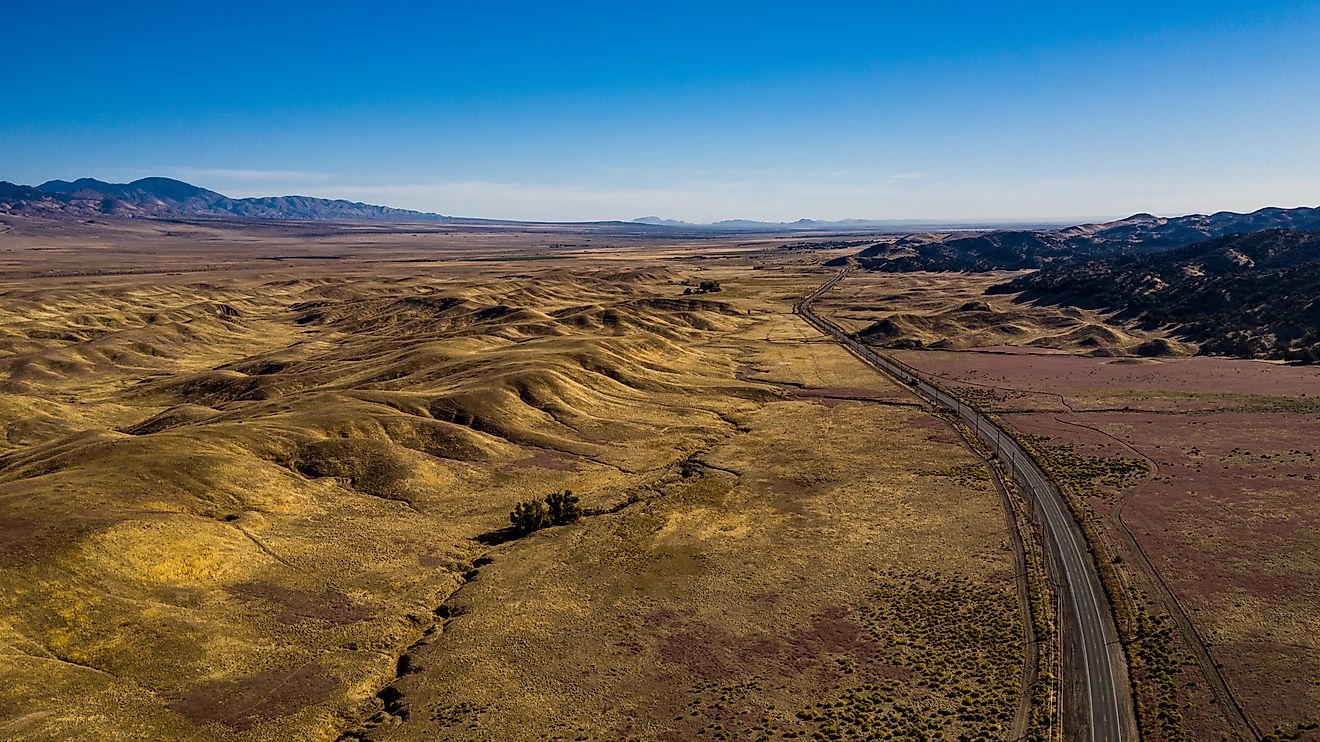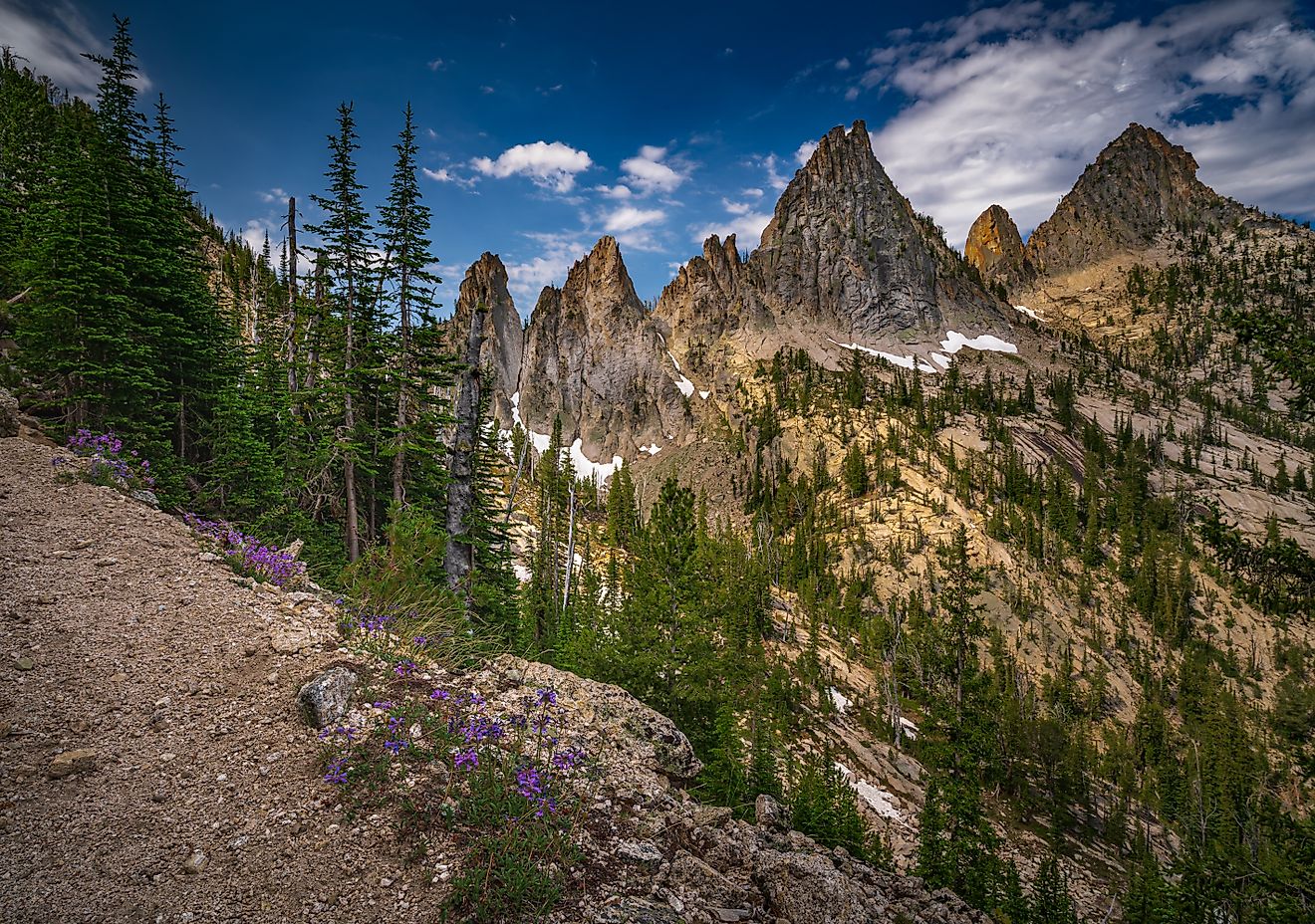
The US States with the Most Earthquakes
Earthquakes are one of nature’s most unpredictable and powerful forces. While many Americans might think of these tremors as rare or confined to a few hotspots, the reality is that some states experience thousands of earthquakes every year. Understanding where earthquakes happen most often reveals fascinating insights about the geology beneath our feet and why millions of people live in areas of constant seismic activity.
In 2024, data from World Population Review shows that Alaska, California, Hawaii, Nevada, and Texas top the list of states with the highest number of earthquakes. Each sits on unique geological formations, from subduction zones and fault lines to volcanic hotspots and areas impacted by human activity, that fuel their seismic restlessness. Take a close look at why these states shake so frequently, what it means for residents and visitors, and how these quakes have shaped history and landscapes.
Alaska
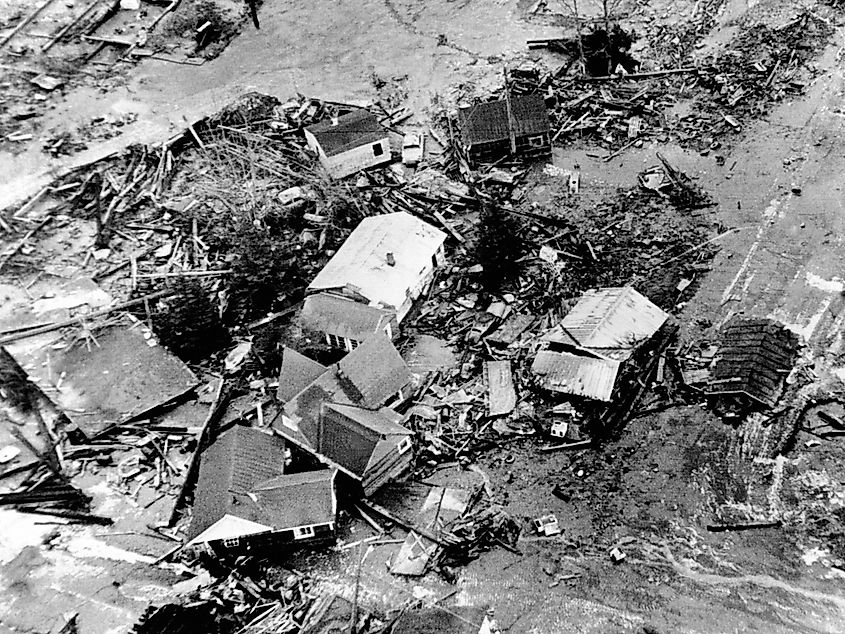
-
Earthquakes Recorded (2024): 59,545
-
Significant Quakes: 2,242
-
Magnitude 5+ Quakes: 5,132
-
Risk Level: High
Alaska tops the charts with over 59,000 earthquakes recorded in 2024 alone. The state lies along one of the most active tectonic boundaries in the world, where the Pacific Plate is steadily sliding beneath the North American Plate along the Aleutian Trench. This massive subduction zone is responsible for both the frequency and the often significant magnitude of earthquakes experienced in the region.
This tectonic interaction has made Alaska the stage for some of the most powerful earthquakes ever recorded in the United States. The most infamous is the 1964 Great Alaska Earthquake, which registered a magnitude of 9.2, making it the second-largest earthquake ever recorded globally. The quake reshaped entire coastlines, triggered devastating tsunamis, and caused widespread destruction across Anchorage and surrounding areas. It also provided critical insights into subduction zone earthquakes and greatly influenced seismic research and building codes worldwide.
These frequent earthquakes do more than rattle the earth; they have sculpted Alaska’s dramatic landscapes of deep fjords, towering mountain ranges, and expansive glaciers. The state’s rugged terrain is a living testament to the slow but powerful forces at work beneath the surface. For residents, the constant threat of earthquakes is part of daily life. Communities remain vigilant, supported by advanced seismic monitoring networks and building practices designed to withstand strong shaking. This blend of respect, preparedness, and modern technology helps Alaskans coexist with the ever-moving earth beneath their feet.
Hawaii
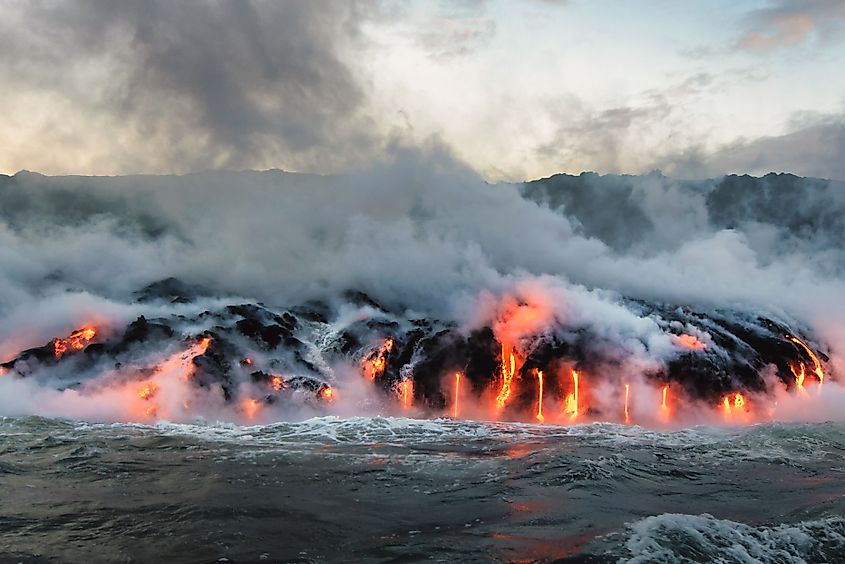
-
Earthquakes Recorded (2024): 16,612
-
Significant Quakes: 135
-
Magnitude 5+ Quakes: 993
-
Risk Level: High
Hawaii’s earthquakes have a different origin than Alaska’s. Instead of occurring from tectonic plate collisions, most of Hawaii’s seismic activity is driven by its volcanic systems. Magma moving and accumulating beneath active volcanoes like Mauna Loa and Kīlauea causes the earth’s crust to shift, resulting in frequent tremors that often go unnoticed by residents and visitors.
While most quakes in Hawaii are relatively small, the islands have experienced powerful events throughout history. The devastating 1868 earthquake, for example, reached an estimated magnitude of 7.9 and triggered landslides and a tsunami that caused significant destruction. Today, visitors to Hawaii Volcanoes National Park can witness firsthand the dynamic and ongoing relationship between volcanic activity and seismic events, gaining a deeper appreciation for the restless natural forces shaping the islands.
California
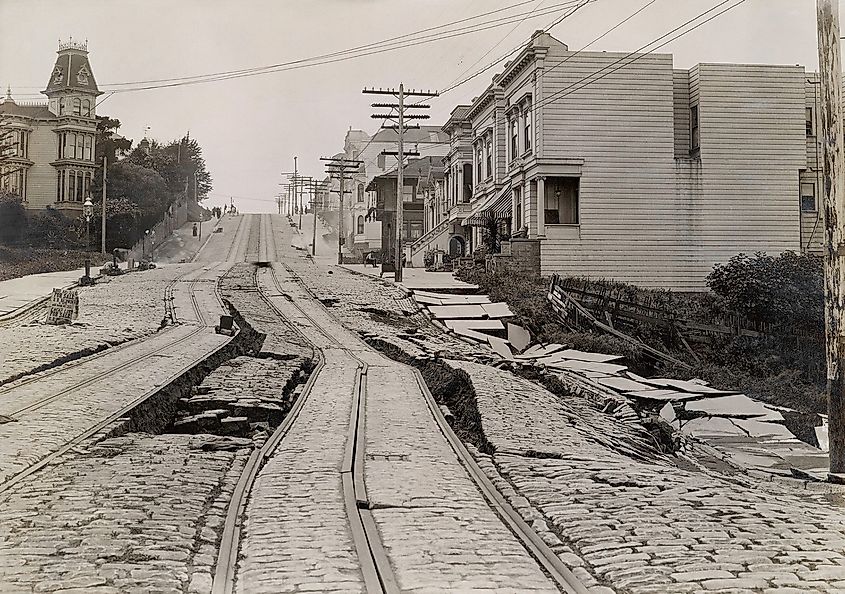
-
Earthquakes Recorded (2024): 14,563
-
Significant Quakes: 416
-
Magnitude 5+ Quakes: 1,018
-
Risk Level: High
California remains one of the most earthquake-prone states in the continental US, recording more than 14,000 quakes in 2024 alone. The state’s seismic activity is largely driven by the famous San Andreas Fault system, along with numerous smaller faults weaving across its landscape. This fault network produces almost constant seismic tremors, serving as a persistent reminder to millions of residents and visitors that the ground beneath them is never completely still.
Historic earthquakes like the catastrophic 1906 San Francisco event, which devastated much of the city and caused widespread fires, and the 1994 Northridge quake, which resulted in significant damage and loss of life in the Los Angeles area, underscore the real and present danger of seismic events in California. These tragedies sparked major changes in how the state approaches earthquake safety.
Today, California’s strict building codes, public education campaigns, and cutting-edge early warning systems set the national standard for earthquake preparedness, helping to reduce risk and save lives when the earth inevitably shakes.
Nevada
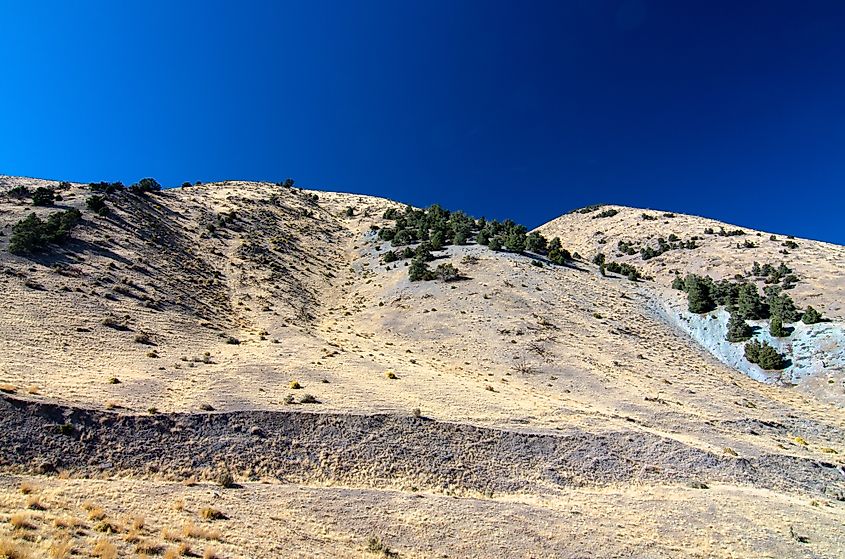
-
Earthquakes Recorded (2024): 8,511
-
Significant Quakes: 117
-
Magnitude 5+ Quakes: 374
-
Risk Level: Moderate
Nevada ranks high among the states with the most earthquakes despite being less populous. It sits within the Basin and Range Province, a region experiencing crustal extension that creates numerous faults and frequent tremors.
The quakes here tend to be smaller than those in Alaska or California, but the state averages hundreds to thousands of small tremors annually. Areas around Reno and Pyramid Lake see consistent seismic activity, a reminder that even quieter parts of the country sit on shifting ground.
Texas
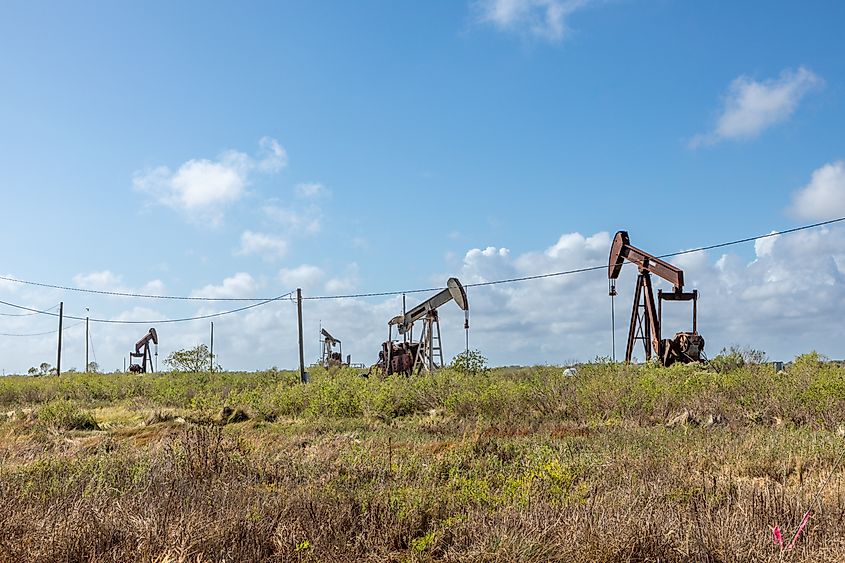
-
Earthquakes Recorded (2024): 5,877
-
Significant Quakes: 88
-
Magnitude 5+ Quakes: 215
-
Risk Level: Moderate
Texas is not usually thought of as an earthquake state, but seismic activity has increased in recent years, particularly in the western and northern regions. Many of these quakes are linked to human activities such as wastewater injection from oil and gas operations.
While most Texas earthquakes are minor and rarely felt, some have reached magnitudes over 5, prompting more research and improved monitoring to keep residents informed.
Staying Grounded: What Earthquakes Teach Us About Living with Nature
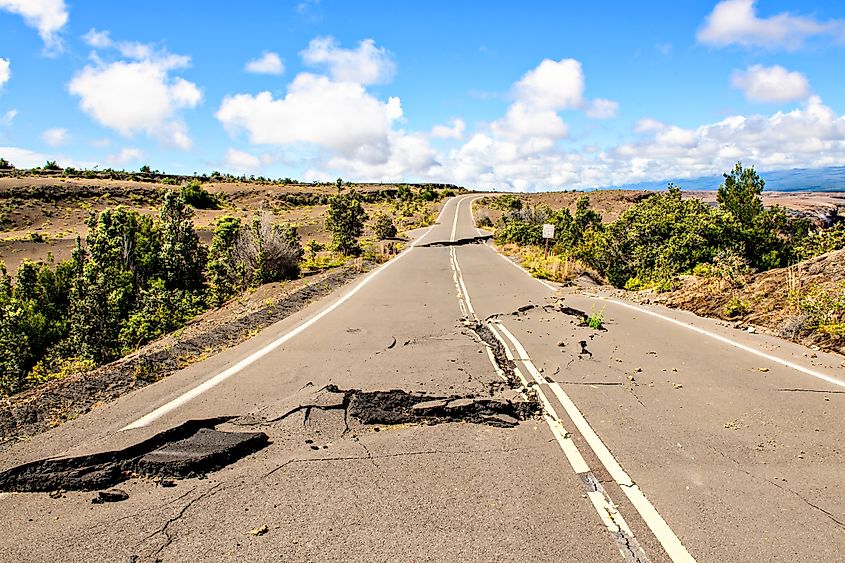
From Alaska’s relentless subduction zones and Hawaii’s fiery volcanic tremors to California’s iconic fault lines, Nevada’s crustal shifts, and Texas’s emerging seismic activity, the United States is a nation defined in part by the restless movements beneath it.
These states reveal the powerful natural, and sometimes human, influences that cause the ground to shake regularly. Understanding where earthquakes happen most frequently not only helps with safety and preparedness but also adds depth to how we experience these diverse landscapes.
Whether you live there, visit, or just want to learn more, knowing the most earthquake-prone states offers a fascinating glimpse into the ever-changing planet beneath our feet.
Earthquake Activity in the Top 5 US States (2024)
| State | Total Earthquakes | Significant Quakes (M4+) | Quakes Above Magnitude 5 | Risk Level |
|---|---|---|---|---|
| Alaska | 59,545 | 2,242 | 5,132 | High |
| Hawaii | 16,612 | 135 | 993 | High |
| California | 14,563 | 416 | 1,018 | High |
| Nevada | 8,511 | 117 | 374 | Moderate |
| Texas | 5,877 | 88 | 215 | Moderate |
